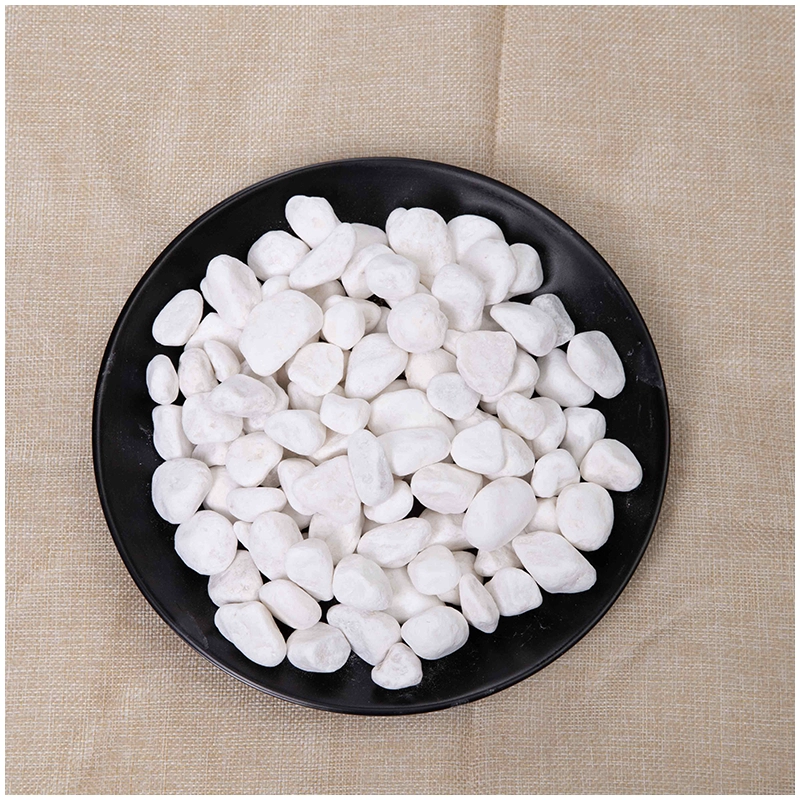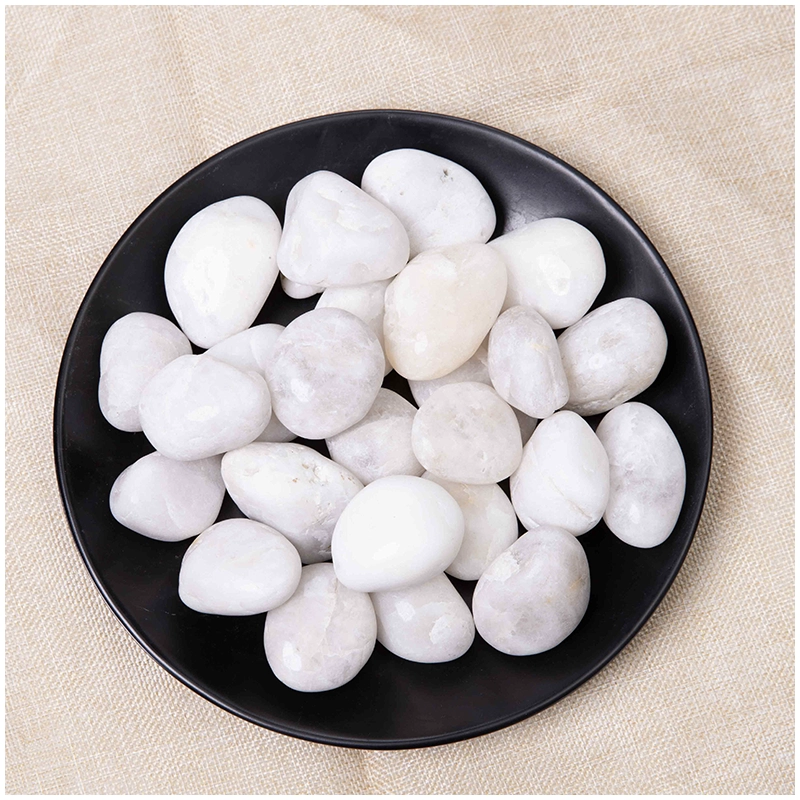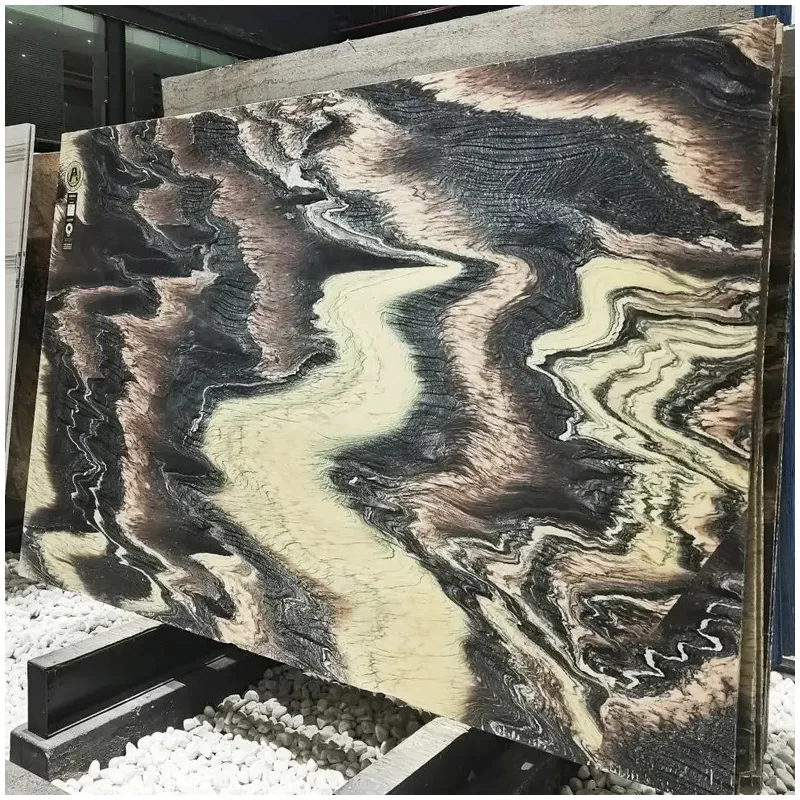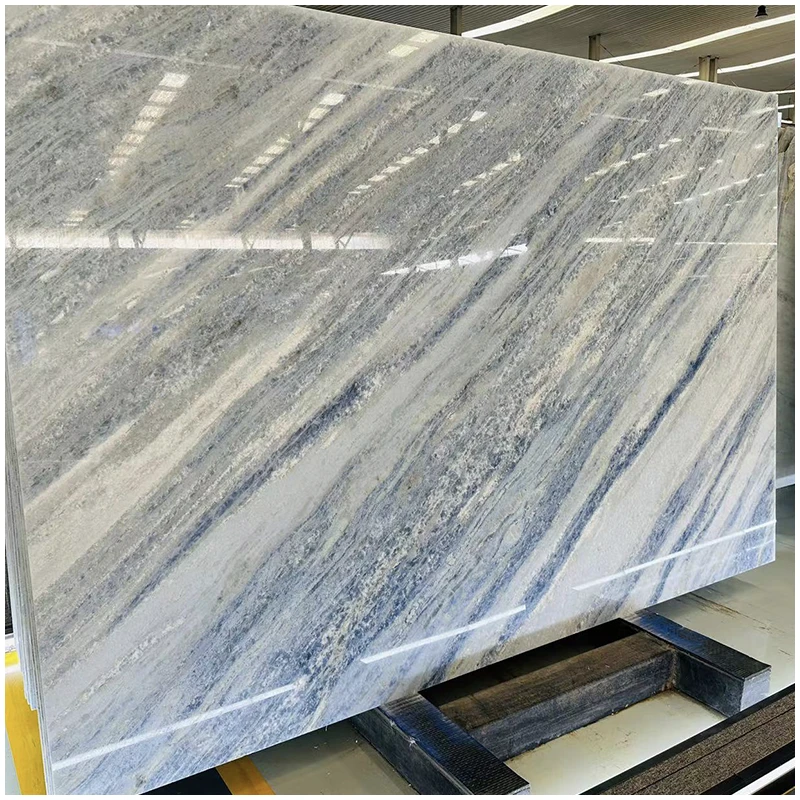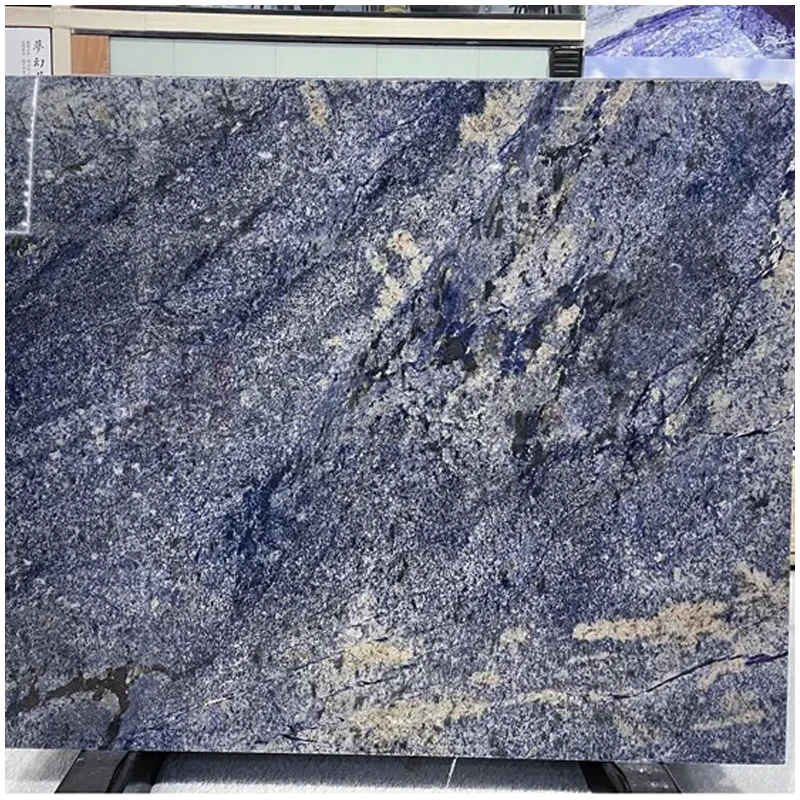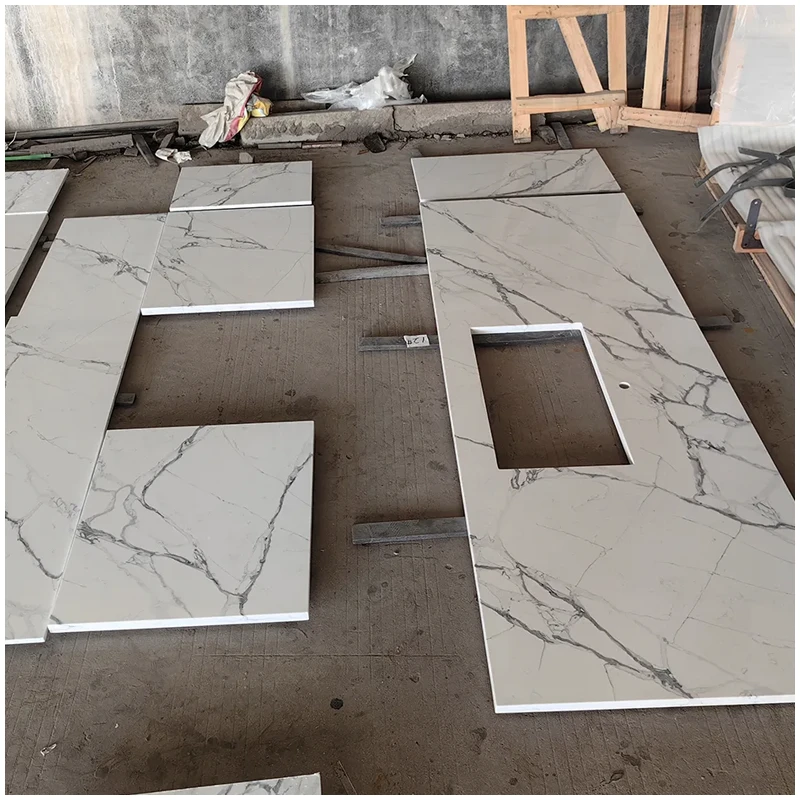Volakas White Marble Floor Tiles
Volakas White Marble Tile Collection Bring natural color, beauty, and warm tones into your home with the Volakas marble series. This authentic Greek marble was used for thousands of years in statues and is guaranteed to bring distinctive style to any space.
Volakas marble’s best-kept secret is an unusual beauty that never fails to dazzle the observer. Original from Greece, this white natural stonework is appreciated both for its uniformity as well as its grey tone veins rushing across a white backdrop to create a unique, timeless kind of marble.
| Good Quality Volakas White Marble Slab | ||
|
Materiale |
Ajax Volakas White Marble | |
| Finitura superficiale | Lucidato, levigato, ecc. | |
| Lastre |
Dimensione |
1800(up)x600(up)mm
1800(up)x700(up)mm
2400(up)x1200(up)mm
2800(up)x1500(up)mm
… |
| Thk | 18mm, 20mm,etc. | |
| Piastrelle | Dimensione |
300x300 mm
600x300mm
600x600 mm
… |
| Thk | 18mm, 20mm,etc. | |
| Controsoffitti |
Dimensione |
Customization based on drawings/requirement |
| Thk | 18mm, 20mm,etc. | |
| Piani d'appoggio | Dimensione | Customization based on drawings/requirement |
| Thk | 18mm, 20mm,etc. | |





Qual è la differenza tra marmo lucido e marmo levigato?
Il marmo lucidato ha un aspetto lucido e brillante. È molto liscio e il suo rivestimento funge da protettivo. Il marmo levigato ha una finitura più piatta, meno riflettente. Spesso si sceglie il marmo levigato perché è meno soggetto a graffi o incisioni. Un graffio su una superficie opaca sarà di solito meno evidente che su una finitura lucida. Tuttavia, il marmo levigato è più suscettibile alle macchie perché i pori della pietra sono più vicini alla superficie. Entrambe le opzioni sono adatte alla maggior parte delle applicazioni, compreso l'uso in cucina e in bagno.
Why does marble turn yellow?
White marble can turn yellow or brown when the stone is directly it is exposed to water for long periods of time, or if the stone is penetrated by harsh chemicals, including bleach and acids found in some foods and household cleaners. The yellowing usually happens because the iron in the stone oxidizes. If the seal on the marble has weakened or worn, water and other chemicals can reach the surface of the stone and absorb into the pores, which causes discoloration.
Yellowing and discoloration can also be caused if the marble is not cleaned properly. Some cleaners, polishes, and waxes that are not designed for marble can leave a build-up that will cause the stone to turn yellow.
In most cases, the stone can be repaired. It is suggested that you contact an expert for these repairs.







